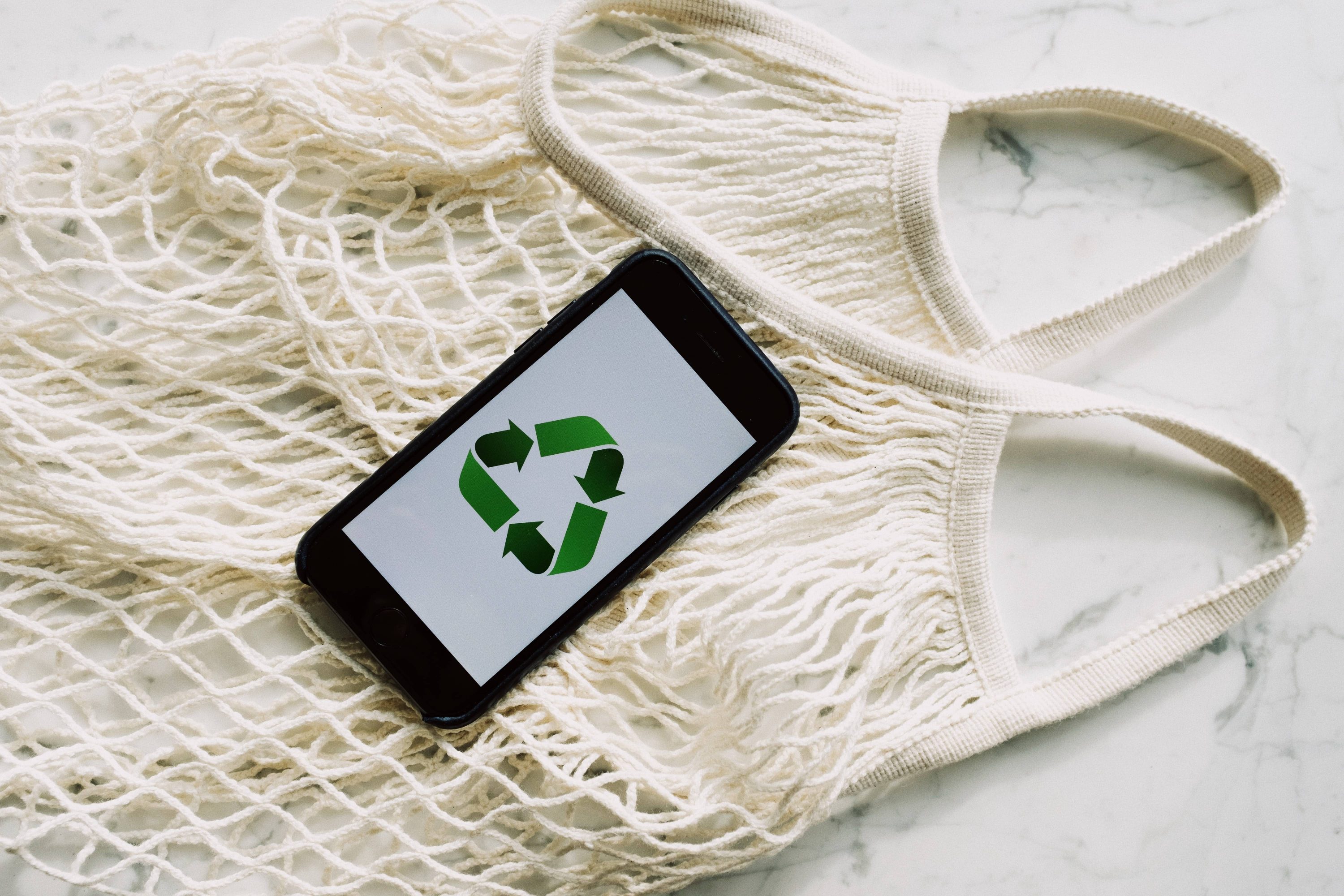Sustainable Style: Redefining Luxury
The fashion industry has long been criticized for its environmental impact, from water pollution to textile waste. But 2025 is shaping up to be a turning point. Sustainable style isn’t just a trend anymore; it’s a necessity, and a growing number of consumers are demanding eco-conscious choices. This shift is driven not just by environmental concerns, but also by a desire for transparency, ethical production, and lasting quality. Luxury is being redefined, moving away from fleeting fast fashion towards pieces with a story and a longer lifespan.
The Rise of Recycled and Upcycled Materials
Gone are the days when sustainable fashion meant sacrificing style for hemp sacks. Innovative designers are utilizing recycled materials in incredibly creative ways. Polyester made from recycled plastic bottles, organic cotton, and innovative plant-based alternatives like Piñatex (made from pineapple leaves) are becoming increasingly commonplace. Upcycling – transforming pre-existing garments and textiles into new pieces – is also gaining immense popularity, offering a unique and stylish way to reduce textile waste and promote circularity.

Transparency and Traceability in the Supply Chain
Consumers are increasingly demanding transparency from brands. Knowing where their clothes come from, how they were made, and the conditions under which the workers labored is no longer a luxury, but an expectation. Blockchain technology is playing a crucial role in enhancing traceability, allowing consumers to follow the journey of their garments from raw material to finished product. This increased transparency helps build trust and accountability within the supply chain, pushing brands towards more ethical practices.
The Power of Slow Fashion and Conscious Consumption
Fast fashion’s reign is slowly waning. The “slow fashion” movement encourages mindful consumption, prioritizing quality over quantity. This means investing in durable, versatile pieces that can be worn for years to come, reducing the need for frequent purchases. It’s about choosing garments thoughtfully, considering their impact on the planet and the people involved in their production. Repairing and repurposing clothing are also becoming integral parts of this mindful approach.
Technological Advancements in Sustainable Production
Technological innovation is playing a vital role in making sustainable fashion more accessible and efficient. New technologies are being developed to reduce water consumption in textile production, minimize chemical usage, and create more environmentally friendly dyes. 3D printing is also emerging as a tool for creating customized garments with minimal waste. These advancements are crucial for making eco-conscious choices the norm, rather than the exception.
The Growing Influence of Sustainable Certifications
Several certifications and labels are helping consumers navigate the world of sustainable fashion. Organizations like GOTS (Global Organic Textile Standard) and Fairtrade International verify that products meet specific environmental and social standards. These certifications provide a level of assurance to consumers, allowing them to make informed purchasing decisions and support brands committed to responsible practices. Looking for these labels empowers consumers to drive positive change in the industry.
Sustainable Style Beyond Clothing: Accessories and Footwear
The movement towards sustainable style extends beyond clothing to encompass accessories and footwear. Brands are creating bags from recycled materials, utilizing innovative plant-based leathers, and employing sustainable manufacturing processes for shoes. This holistic approach ensures that a commitment to sustainability permeates all aspects of personal style, from head to toe.
The Future of Eco-Chic: Inclusivity and Accessibility
While the sustainable fashion movement has made significant strides, ensuring inclusivity and accessibility remains a crucial challenge. Making eco-friendly clothing affordable and available to a wider range of consumers is essential for achieving widespread impact. By working towards more affordable and accessible options, the eco-chic revolution can truly become a movement for everyone.
Embracing Secondhand and Rental Platforms
The rise of secondhand clothing and clothing rental platforms is a testament to the growing awareness of sustainable consumption. These platforms offer an economical and environmentally friendly way to acquire clothing, reducing the demand for new garments and promoting a circular economy. They also provide access to a wider variety of styles and brands, fostering creativity and self-expression.
The Collective Power of Conscious Consumers
Ultimately, the success of sustainable style relies on the collective power of conscious consumers. By making informed choices, supporting ethical brands, and demanding transparency, we can drive positive change within the fashion industry. Embracing sustainable practices isn’t just about individual action; it’s about collective responsibility for the planet and future generations. Learn about sustainable fashion trends in 2025 here: [link to rhythmsofmanipur.com]
